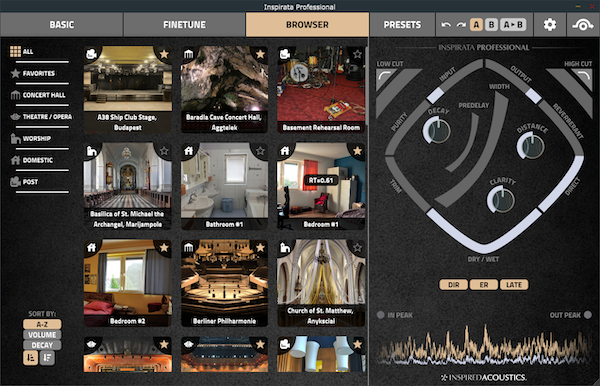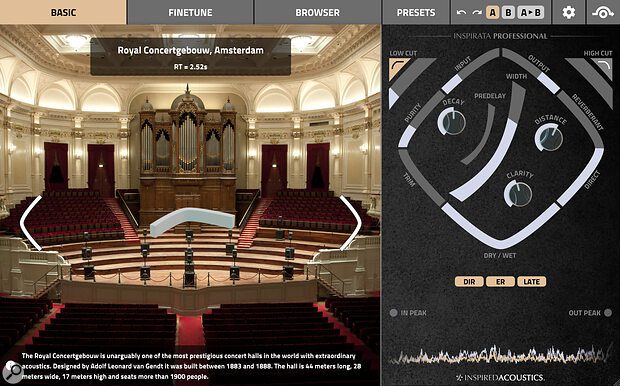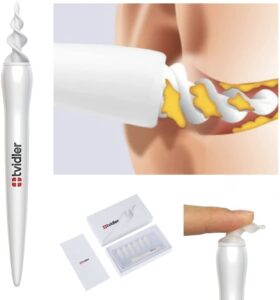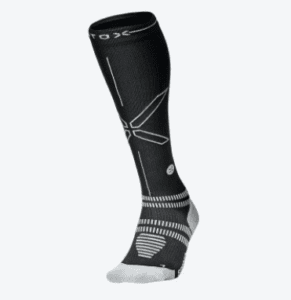I am a musician and a singer and have been in this industry for over 20+ years. And in this Inspirata Reverb Review I will help you know whether this immersive reverb workstation is right for you or not.
The INSPIRATA Pro Edition Reverb Workstation Software by Inspired Acoustics offers powerful measurement-based reverberation tools that allow for unprecedented flexibility in sampling reverbs. This version of INSPIRATA supports surround configurations as high as 7.1.2. It is compatible with Dolby Audio systems and features a wide feature set that can be adjusted with fully adjustable parameters.
Table of Contents
- What does Inspirata Reverb do?
- Is Inspirata Reverb any good though?
- How Does Inspirata Work?
- Features of Inspirata Reverb
- Pros / Cons of Inspirata Reverb
- Summary
Let’s get started!
What does Inspirata Reverb do?

INSPIRATA(tm),is the next-generation immersive reverb station that gives you complete acoustic freedom. INSPIRATA allows you to:
- You can choose from many real, authentic acoustic spaces that have been meticulously inspected. You will find iconic concert halls, theatres and places of worship, as well as simple, natural spaces for domestic production and exceptional places for postproduction.
- You can move your sound sources around and your listener position until you find the perfect spot for your music mixd. You can go about your daily chores, be in the room, position your sound sources or instruments where you want and listen from wherever you want.
- Real acoustic parameters are those that determine the acoustic properties in a space. This is what really matters to our hearing.
- You can choose from many surround mix options, up to 22.2 (including Dolby Atmos(r), although configurations available vary between Editions of INSPIRATA(tm).
- Various sound origins can be placed in the space. The maximum number of sound origins/origins will vary between Editions of INSPIRATA(tm)
- Automate parameters, microphone and sound source positions in real-time with smooth, artifact-free operation.
Is Inspirata Reverb any good though? (The actual Inspirata Reverb Review)
Inspirata plug-in is quite unique. Inspired Acoustics has created an immersive convolution-based echo that can be placed and moved in a real space.
Inspirata is a beautiful convolution reverb. You got to have a fast computer with lots of RAM, as it can use a lot of CPU. There are four options available, including the Inspirata Lite reverb workstation version which is the most uncomplicateed (and has the smallest number of sounds -12 GB).
Personal edition offers a stereo reverb and the entire 193 GB library. Professional, Immersive have 7.1.2 Atmos capabilities and up to 22.2 sound surround.
You can also take a 14 day free Inspirata reverb trial.
How Does Inspirata Work?
Inspired Acoustics aimed to remove common reverb parameters from a design perspective. This allows us to have more control over the sound we hear than trying to get the desired sounds through diffusion or pre-delay.
This is best explained by Inspirata’s Clarity Control: If you want your instrument, voice or sound to be more defined and clear, use the direct parameter. There are no wet/dry adjustments, diffusion, EQ, or other adjustments.
You can select a place for your sounds to live from the Browser panel. This includes both the listener (Receiver), and the instrument/sound/source (Source). The Basic panel allows you to position your Receiver within the room. The Finetune panel displays the Receiver and all Sources within the room. Moving things around is the best way to shape the sound.
Let’s say that you have chosen a concert hall and placed the Receiver facing the stage. He is seated somewhere in the middle of the room. You want the vocalist to be more forward so you move them forward. You push the background vocalists further back, as they should be more forward.
This is the basic functionality of Inspirata reverb. However, there are tons of parameters that allow you to adjust the sound in incredible detail.
Features of Inspirata Reverb

A vast content library for music and post production
INSPIRATA has a wide range of content that includes celebrated spaces, rich reverberant environments like medieval cathedrals, and legendary music clubs. Many of these are new and have never before been seen in this way.
- These limitations are overcome by Inspirata’s huge sound library. Inspired Acoustics hasn’t just “sampled” each space once or a few times. They have replicated the mechanism thousands of times for different sources and capture positions. In essence, they have created grids that map listener and performer areas in each space. Then, they record an IR for each combination of listener and performer. Each grid may contain 100 points or more, making it possible to have as many as 100 IRs per listener position. Multiply that number by the figure source positions, and you will see how the total figure could easily reach five figures. You’re correct: A single room or hall can be represented in the Inspirata sound collection by as many as 10,000 impulse responses.
- Last but not least, Inspired Acoustics has a second goal. They want to replace artificial reverbs’ parameters with ones that are more in line with real-world characteristics as well as those used by acousticians. Instead of translating the audible effect that we hear into changes in pre-delay, diffusion, or EQ we should be able adjust it directly. For example, if you want to make dialogue more understandable, you can adjust Clarity instead of messing around with diffusion or wet/dry balanceds.
Smooth movement, limitless positioning
Up until now, it was impossible to move virtual sound sources onto a stage or adjust the listener’s position with a sample-based processor. You can now move the sound sources and listener in a musical context to achieve the best recording and mixing locations. For a better balance and clarity, move an instrument slightly backwards or closer to the stage.
INSPIRATA can be used to automate movement of sound sources in any space. The sound will follow the sound and sound exactly the same as if it were there, but without any environmental noise. INSPIRATA is a unique workstation for spatial sound.
Revolutionary spatial controls
INSPIRATA allows you to adjust parameters that matter to you. Instead of relying on indirect properties that do not affect the sound, you can direct adjust the acoustics or the space’s sound. You no longer need to fret about auditorium size, wall scattering, or decorrelation to achieve contrasting results in every space. Now you have complete control over how large your sound source is within the space and how much of the blended sound it reaches you.
For the first time, spatial room parameters like apparent source sound width (ASW), and listener envelopement (LEV) can be controlled directly in any reverberation system. These controls allow you to adjust the orientation of speaker feeds in space. You can face your surround system or stereo any direction. You can also change or automate these settings in real-time.
Sound clarity can be controlled directly
INSPIRATA allows you to adjust the reverberation times and sound clarity independently in each space. Each control is controlled by a single dedicated button. INSPIRATA optimizes reflections individually to achieve the desired settings, despite these parameters not being completely independent. Our team published the basis of the method to change sound clarity (C80), in an award-winning paper. It is now available in real-time.
Controls for the reverberation period
The most important parameter that determines how long decay lasts is the reverberation time. There is no one reverberation period in a auditorium and there is no one frequency. In authentic spaces, the reverberation time varies slightly location-by-location, and this is fully preserved in INSPIRATA. The variation is reproduced with accuracy. However, INSPIRATA also preserves the dynamic range that covers the theoretical possibilities for sound reproduction.
Real spaces have a frequency and spatial dependence on the reverberation times. Higher-pitched sounds tend to reverberate longer than deep tones. This is due, for instance, to the absorption of air at large volumes. The frequency-dependent nature and duration of the reverberation can directly impact the tonal footprint of your music. You can adjust the frequency dependent nature of the reverberation by using intuitive controls or tilting the controls to make the space more bass- or treble-heavy. This allows you to fine-tune the mix and create a level that is warm or brighter than what was possible.
Surround Support
INSPIRATA can support multi-channel audio design. INSPIRATA allows you to upmix mono sound sources into a variety of surround configurations. Natural acoustic spaces perform the upmixing. With just a few steps, you can add reverberation to surround sound or multi-channel audio for instruments and instrument groups. You can also deliver in any surround format you choose.
Pros / Cons of Inspirata Reverb
Pros:
- Pragmatic recreations of real spaces are possible, where sources and listeners can be advancedaround at will.
- Automating almost all parameters is possible easily.
- This allows you to shape reverb using parameters that are close from real-world acoustics.
Cons:
- It is a large download and the plug-in is very resource-intensive.
- Sometimes, there are small interruptions in position automation.
Summary
Inspirata plug-in is quite unique. Inspired Acoustics has created an immersive convolution-based echo that can be placed and moved in a real space.







